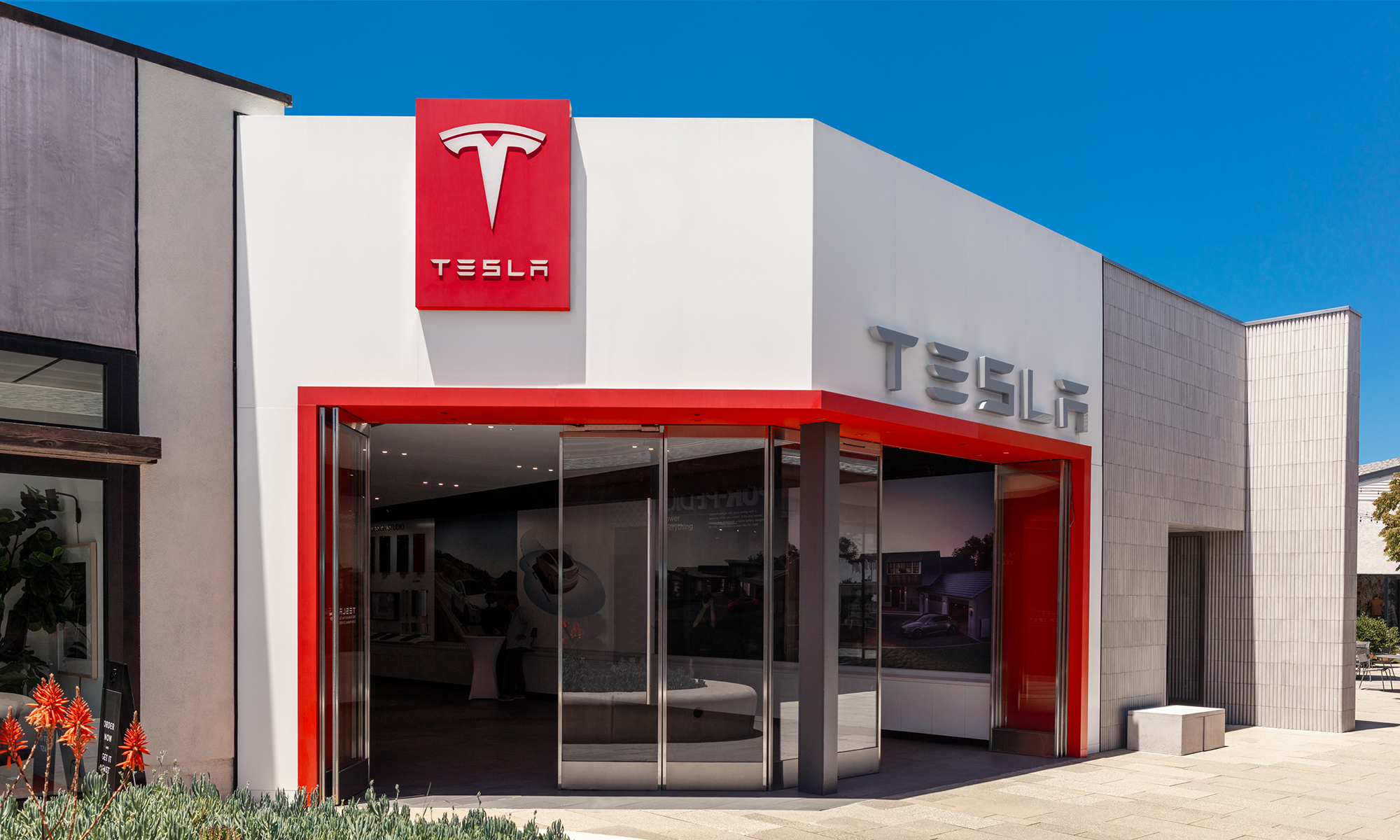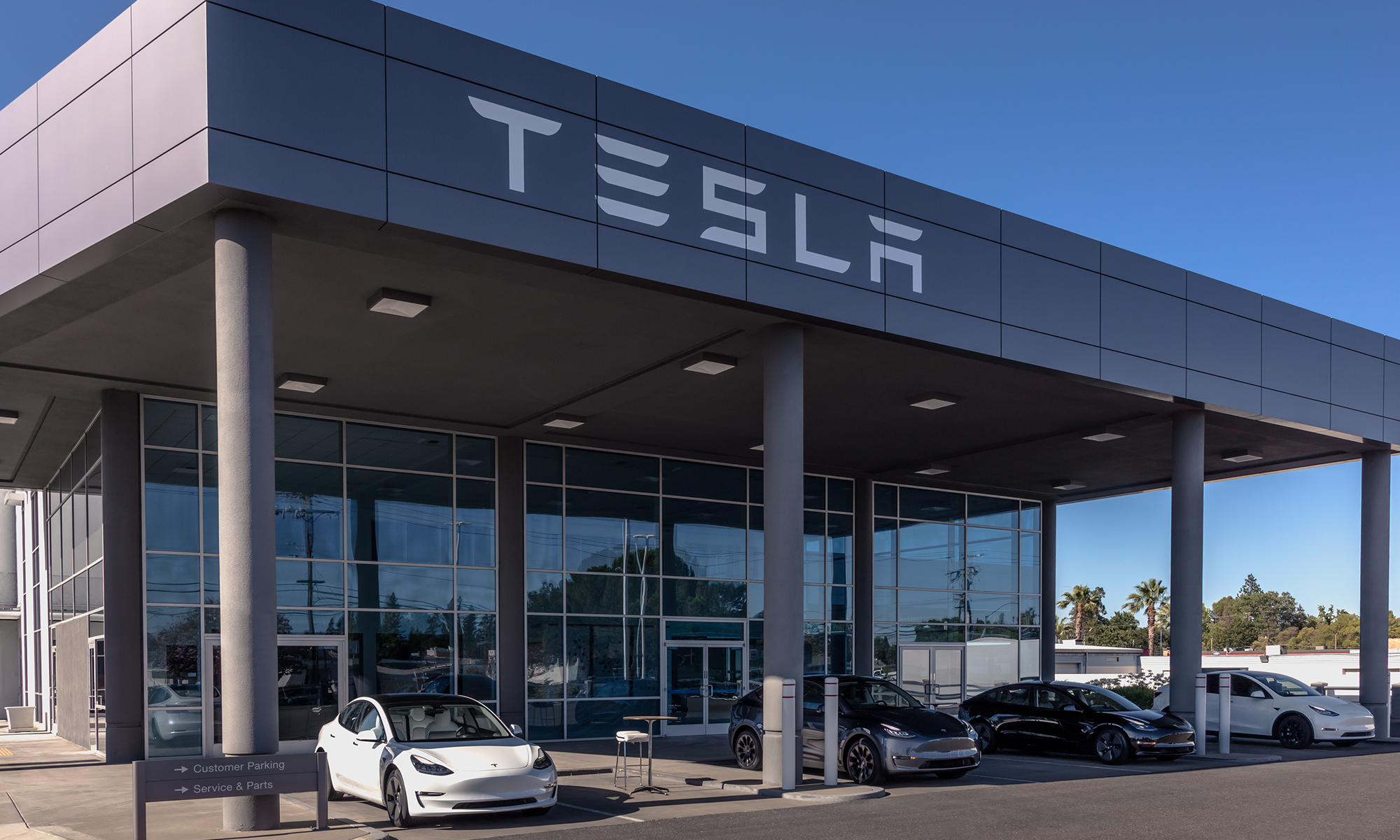Editors Note: Article previously stated analyst expected earnings were $0.20 per share; value corrected to negative $0.17 per share. The Motley Fool apologizes for and regrets this error.
Unexpected profitability from the electric-vehicle maker, Tesla Motors (TSLA +4.17%) seemed to be a major driver behind most of the optimistic headlines following the company's second-quarter earnings release on Wednesday. Though the company certainly beat expectations, many investors and analysts are questioning the way the company chooses to report earnings. Is Tesla fudging the numbers?
Let's stop playing guesswork and take a closer look for ourselves.
Tesla earnings 101
Though in absolute terms Tesla's non-GAAP second-quarter earnings were very small -- especially in relation to the company's now $150 plus share price -- the $0.20 per share it reported was a nice lead over the negative $0.17 per share loss analysts expected.
But that's non-GAAP earnings. Tesla's emphasis on a non-GAAP profitable quarter in light of its GAAP net income loss of $30.5 million is causing some frustration among critics.
There are three major problems investors and analysts often highlight with the way Tesla reports earnings. Fortunately, however, there are three easy answers.
1. Leasing revenue
Tesla's non-GAAP revenue acknowledges leasing revenue upfront. Why?
GAAP requires Tesla spread the recognition of lease sales over a period of about three years -- but Tesla does collect 100% of the payment for the cars upfront. It leaves the leasing to its banking partners. So adjusting for this revenue is definitely fair; it paints a clearer picture of the company's real revenue.
2. ZEV credits
Tesla's GAAP and non-GAAP revenue both account for sales of zero-emission vehicle credits, or ZEVs, which are not sustainable revenue sources over the long haul. Not cool, right?
Right. But to Tesla's credit, the company is very open about the impacts of ZEVs on both GAAP and non-GAAP earnings, taking the time to adjust profitability goals to exclude the benefits of ZEVs. Furthermore, its ZEVs are becoming less meaningful to results, down to just 9.3% of non-GAAP revenue. Though I'd prefer the company didn't include ZEVs in non-GAAP results, at least management adjusts for it when describing future profitability targets.
3. Other regulatory credits
The company does not exclude the benefits of what it refers to as "other regulatory credits" when it is projecting its trajectory of improving profitability. This goes against the company's practice of excluding the benefits of ZEVs when highlighting gross margin targets. Is this fair?
Management justifies the inclusion of "other regulatory credits" because they say they have good visibility of them due to their long-term contracts. Even so, Tesla can't count on these credits to be around forever. And this is precisely why the practice raises some eyebrows.
I'm not a huge fan of this practice, but I at least understand managements' reasoning. And at least investors can rest assured that these credits only accounted or about 3.2% of revenues in the company's second quarter.
A tipping point
Tesla's accounting gimmicks aren't really as bad as they look. They just get a lot of attention because the company is at a point in its history when it is borderline profitable.
But Tesla shareholders should rest assured; the company is financially stronger than ever before. With $747 million in cash on the balance sheet and guidance for positive cash flow, critics who still think Tesla is borderline bankrupt aren't doing their homework.






